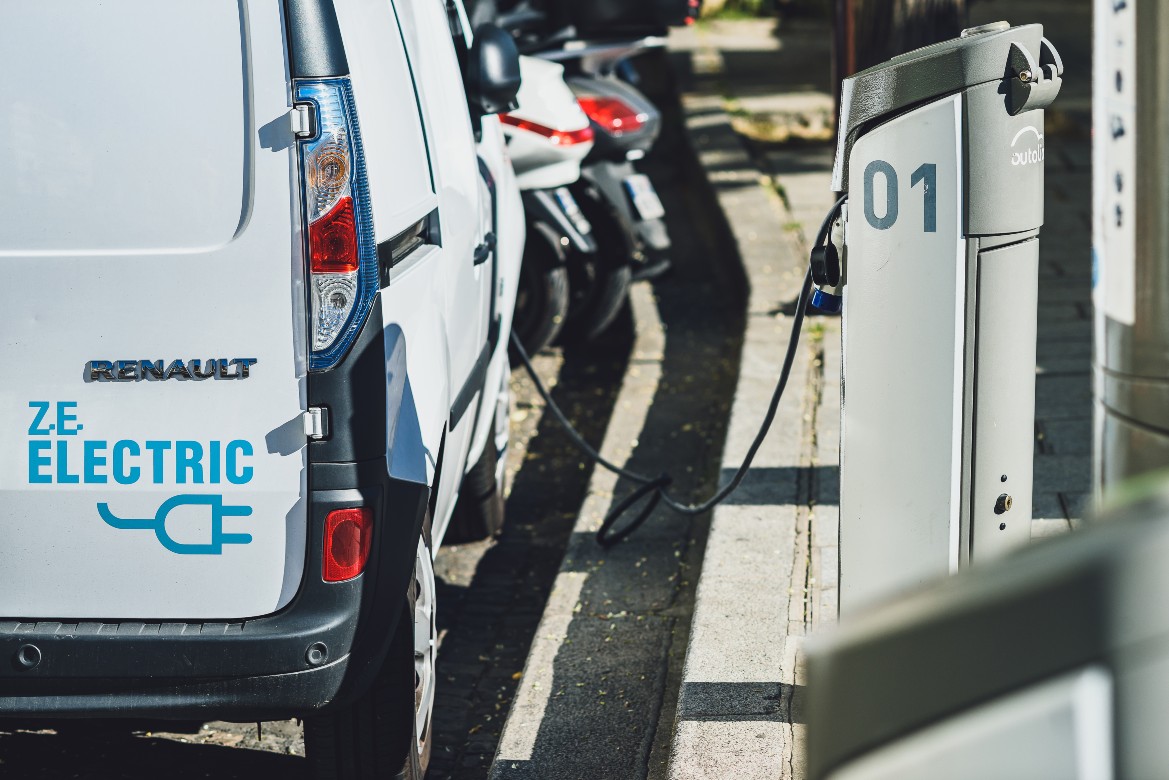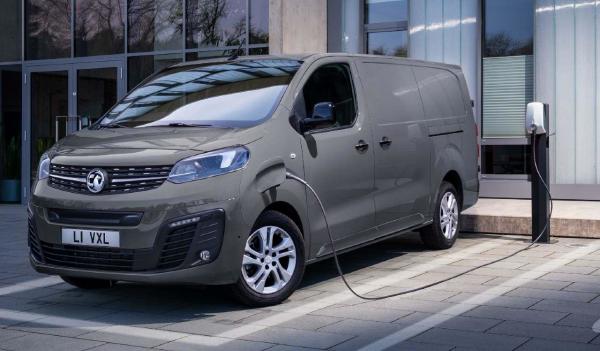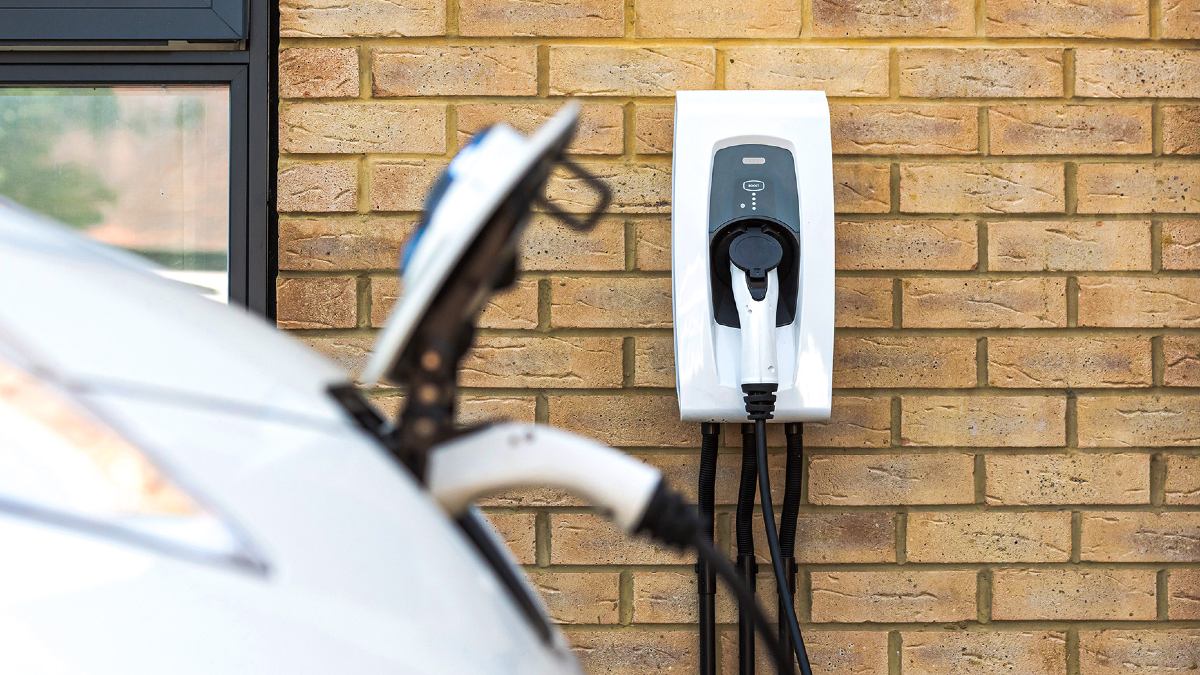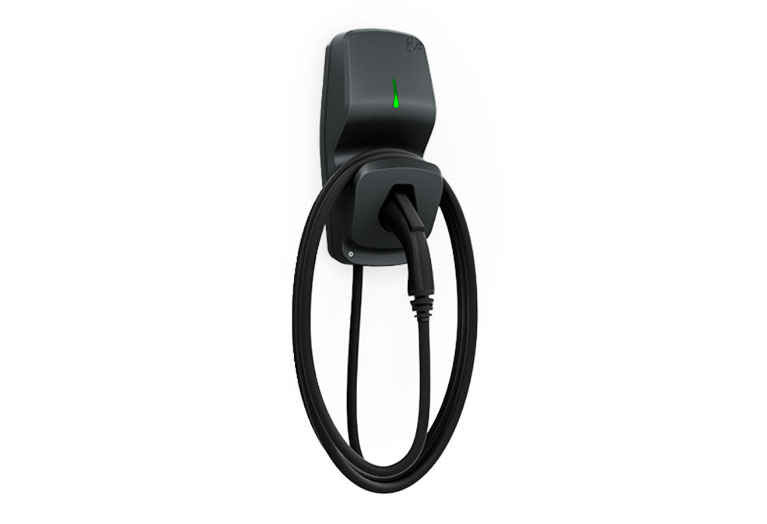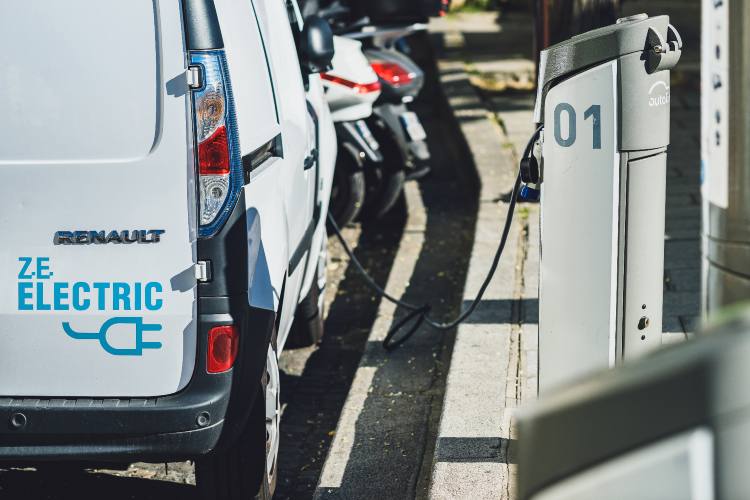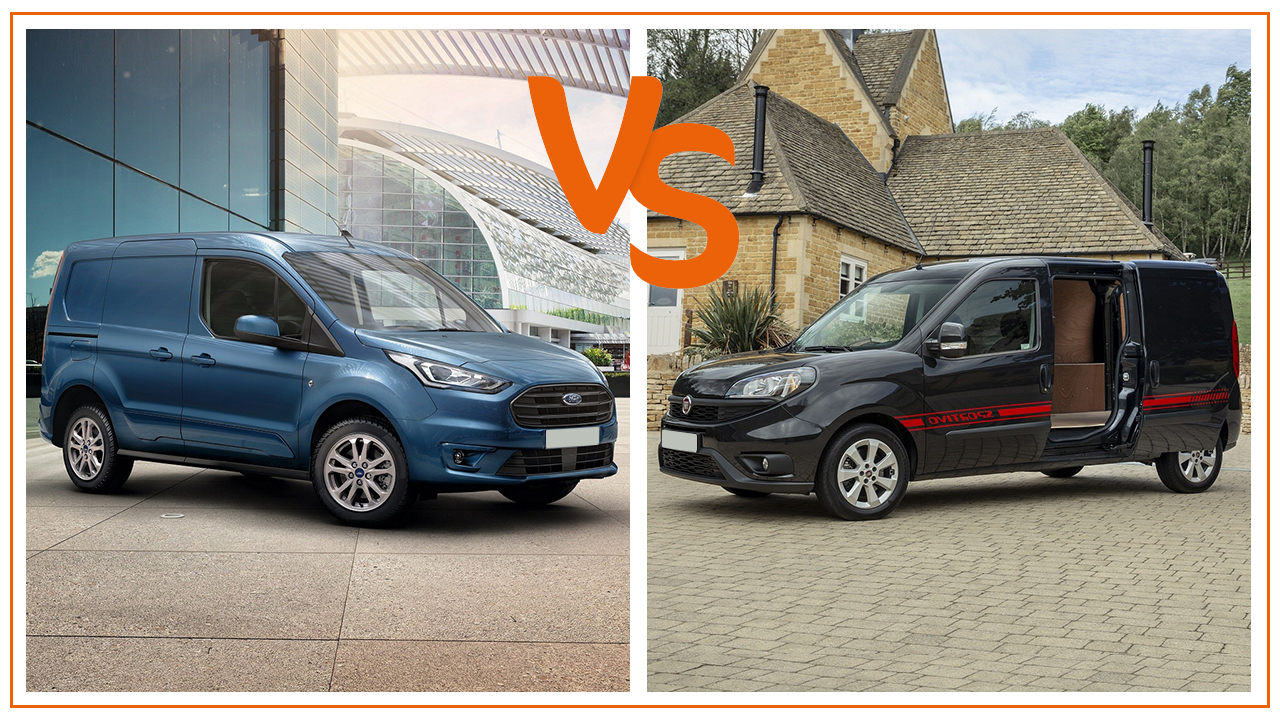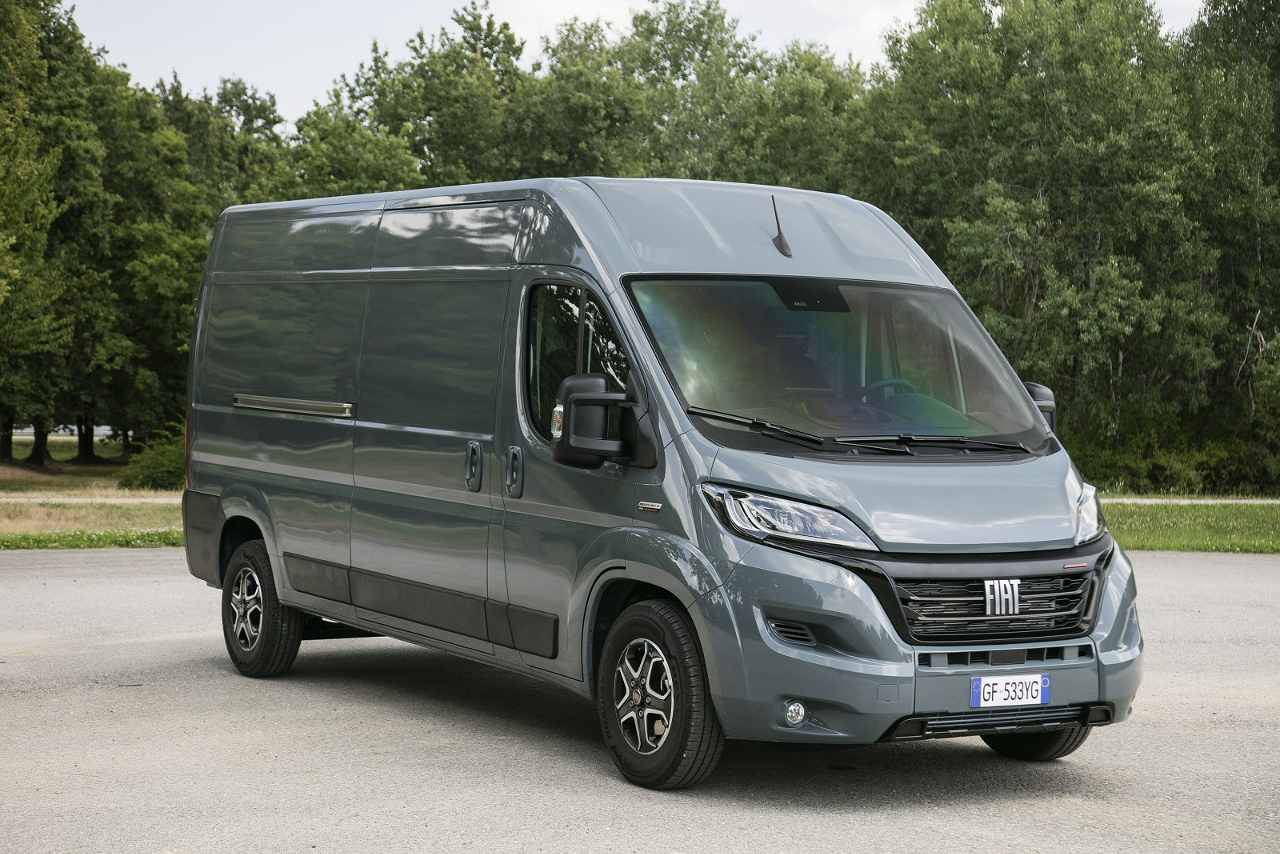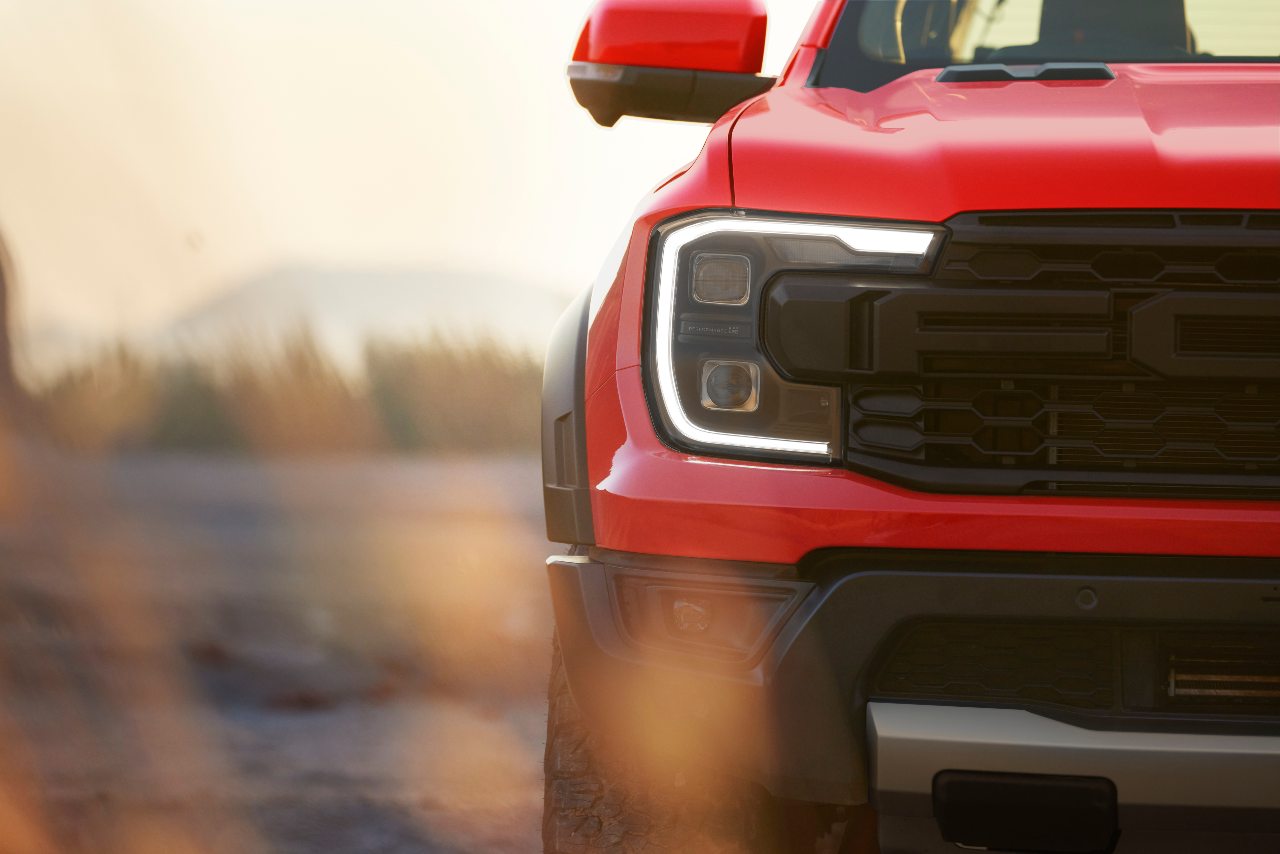Apart from having to put our hands in our pockets to pay for it, refuelling our petrol or diesel-engined vehicles is generally hassle-free, isn’t it? You find a filling station, make sure you grab hold of the correct nozzle, fill up, pay, and drive off. But with more and more electric vans coming onto the market and with the Government’s intention that we won’t be able to buy or lease a new petrol or diesel van in the not too distant future, charging an EV is something most of us will eventually have to face. So, here is the Vanarama guide to how electric charging stations work, the different types of chargers and how you go about charging your van.
What’s In The Van?
Firstly, let’s take a typical, popular electric van, the Vauxhall e-Vivaro which is pretty much identical to the electric versions of the Peugeot Expert and Citroen Dispatch. Your van will have an onboard AC charging unit, in the Vivaro’s case a 7.4-kilowatt unit, or the optional 11kw version. This indicates the maximum charging rate that your van can accept (the higher the charge rate, the quicker you’ll have a fully charged battery). So, there’s not much point in investing in a home charger rated higher than the unit on the van can handle, unless perhaps you’re thinking of future-proofing.
Home Charging Points
If you’ve been considering an electric van, you’ve probably already realised that you’ll need a home charging point. These are commonly referred to as ‘wallboxes’. They’re usually offered in 3 outputs – 3.6kw (that’s not much faster than a standard household 3 pin socket), 7kw or 22kw (this requires a 3 phase electricity supply). Bearing in mind the previous comment regarding the vehicle's limitation on charging speed, it’s no surprise that the 7kw option is the most common one chosen.
The other consideration is whether to choose a ‘tethered’ charge cable. As the description suggests, this means that the cable is permanently connected to the charger. Handy, but as cable theft is on the increase it may be wise to opt for an untethered connection which just means you’ll have to retrieve and stow your cable from the back of the van every time.
How Fast Will It Charge?
That’s not just determined by the charge rate supplied to the van, it’s also dependent on the battery capacity. The Vivaro comes with a choice of a 50kwh (kilowatt per hour) or 75kwh battery pack so as a broad rule of thumb, the larger battery will take about 1.5 times the amount of time to charge compared to the smaller one.
More often than not, you’ll probably be charging your van at home, overnight. Using a 7kw charger your Vivaro with the smaller battery pack should be fully charged in a handy 7 hours, 30 minutes. If you’ve decided not to invest in a home charger, the standard 3 pin mains outlet can only manage a full charge in 28 hours, not very practical.
It’s important to remember that charging times can be affected by the weather. It’ll take longer to charge on a very cold day and, if for any reason there are any electrical items on the van in operation at the same time (air conditioning or the heater for example) the time to recharge will increase.
Sockets And Cables
Things start to get a little more complicated here. So far, we’ve only talked about AC charging (Alternating Current) – the protocol used at home and typically the workplace. Most EV’s can also cope with a DC (Direct Current) input which allows for much faster charging but which is usually only available at public charging points.
The two types of charging use different cables and sockets so, behind the little flap on the left-hand side of the van, near the front wheel, the e-Vivaro has a dual purpose socket. The ‘Type 2’ AC socket is located at the top, and the lower portion has the ‘CCS’ socket which is used for faster DC charging. There are other socket types for both AC and DC, but Type 2 and CCS are becoming very common.
Public Charge Points
There are going to be times when you’ll need to charge your van away from home. This might be because you have a long journey to cover within a working day, perhaps you’re working away from home for a few days, or maybe you just forgot to top up the charge last night and you’re worried about being able to get home.
Public charge points are becoming a common sight with the increased uptake of EV’s and you shouldn’t have to go too far out of your way to find one.
There are 2 main types of public charge points. Some, often located at places such as supermarkets, cinemas, retail shopping centres and car parks just provide 7kw charging, the same speed as you will probably get from your home wallbox. This might be enough to give you 20 or 30 miles additional range whilst you shop, and often they are provided free of charge in an attempt to entice custom. You’ll usually need to bring your own charging cable and you might need to download a smartphone app to gain access.
High-speed DC charge points, typically located at places such as motorway service stations and supermarket car parks are rated at speeds from 22kw to 350kw (your vehicle will have its own limitation on DC charge speed) and mean that you can charge your van up with minimal downtime. Using a 100kw DC public charger, a completely flat Vivaro can reach 80% of its capacity in just 30 minutes.
This convenience comes at a cost though, and although charges vary you’ll pay around £13.50 to add 111 miles of range to the e-Vivaro using a 50kw public charger, compared to £9.45 to gain a full 167 miles using your home, 7kw AC wallbox. You can usually pay by credit card, debit card or smartphone app although many businesses will opt for opening an account with one or more charge providers, allowing for centralised billing and not relying on a driver having to fund the cost out of his own pocket and reclaim it from the company. These companies supply a contactless card that allows the driver to access the chargepoint quickly and without fuss.
To use a public chargepoint, it’s as simple as driving up to the bay and connecting your van, usually using the cable connected to the charger. It’s at this point that the chargepoint ‘handshakes’ your van, checking that there are no faults and that it’s safe to charge. You’ll then need to activate charging using your payment method, then just sit back and relax as the range is added to your vehicle.
So that’s it! Simple(ish) isn’t it? If you’re now thinking that an electric van might work for you check out our latest lease deals for all makes of electric van.
If you'd like to know more about making the move to EV, take a look at our in-depth guide to leasing an electric van.

